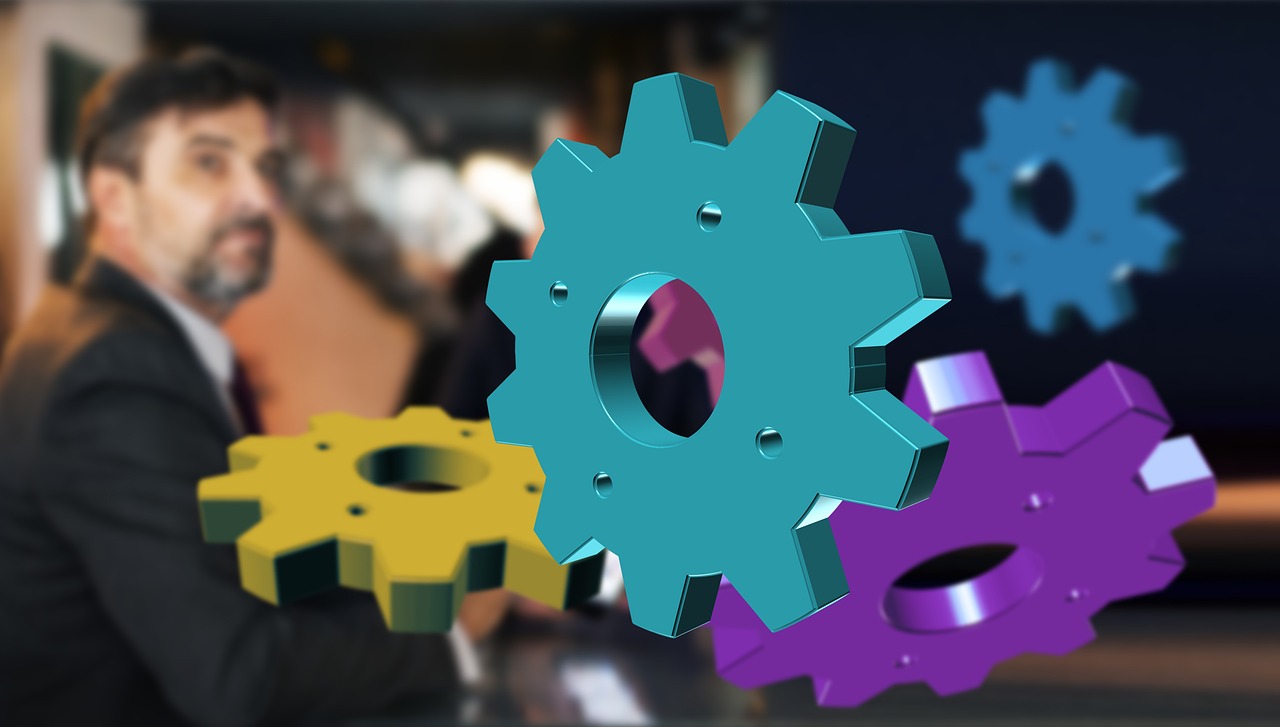In an era marked by rapid technological advancements, organizations are grappling with the challenge of integrating automation while preserving the invaluable human workforce. As artificial intelligence (AI) and automation technologies mature, companies like Siemens, General Electric, and Microsoft pioneer innovative solutions that reshape operational landscapes. Yet, amidst these transformations, maintaining a human-centric workplace remains a pressing concern. Balancing automation with human jobs isn’t just about economics or efficiency — it’s about nurturing empathy, creativity, and ethical decision-making in a digital world. This balance is critical to fostering growth, safeguarding employee engagement, and ensuring long-term organizational success. Understanding how to harmonize these often competing priorities calls for strategic planning, continuous adaptation, and a cultural shift towards collaboration between people and machines.
Understanding the Impact of Automation on Workforce Dynamics and Human Roles
The integration of automation, driven by technologies from leaders like UiPath, Blue Prism, and IBM, has profoundly influenced labor markets and workplace roles. Initially, automation targeted repetitive and mundane tasks such as data entry, scheduling, or basic operational processes, liberating employees to focus on higher-value activities. For instance, ABB’s automation solutions streamline industrial workflows, reducing human error and elevating productivity in manufacturing environments.
However, as AI evolves into sophisticated systems capable of complex problem-solving—powered by platforms such as Amazon Web Services and SAP—its potential impact expands from simple task automation to strategic decision support. Goldman Sachs estimates that AI technologies could influence over 300 million jobs globally, reshaping industries like healthcare, finance, and manufacturing. In these fields, companies like Rockwell Automation integrate AI-driven robotics alongside human operators, exemplifying coexistence of technology and talent.
Workforce trends forecast that by 2030, two-thirds of jobs will require advanced soft skills—empathy, emotional intelligence, creativity—that machines cannot replicate. Roles dependent on these uniquely human traits, including leadership, customer engagement, and ethical oversight, will see rising demand. This shift calls for organizations to rethink job design, focusing on human-AI collaboration where evolution of roles complements technological capabilities.
- Automation enables efficiency: Machines handle routine, formulaic tasks better and faster, cutting costs and errors.
- Growth of human-centric roles: Complex interpersonal skills, problem-solving, and creativity rise in importance.
- Necessity for ongoing training: Employees need to develop new skills to remain competitive alongside automation advances.
- Job transformation rather than elimination: Many jobs evolve instead of disappearing, incorporating AI as a tool rather than a replacement.
| Industry | Common Automated Tasks | Human Roles That Remain Essential |
|---|---|---|
| Healthcare | Data analysis, imaging review, routine diagnostics | Patient interaction, ethical decisions, complex diagnosis |
| Finance | Risk assessment, fraud detection, transaction monitoring | Client advising, compliance, ethical judgment |
| Manufacturing | Assembly line automation, parts inspection | Quality control, process innovation, safety management |
Embracing this dynamic, organizations like Microsoft and SAP have emphasized digital roadmaps that systematically integrate AI, emphasizing upskilling and human oversight to guide technology’s responsible deployment. This strategic approach fosters not only operational gains but also preserves the irreplaceable human elements that heighten organizational resilience and innovation.

Harnessing Automation for Enhanced Productivity While Preserving the Human Touch
Automation’s promise lies in elevating productivity by associating intelligent machines with human ingenuity. A balanced approach ensures that automation managed by platforms such as UiPath and Blue Prism complements rather than substitutes the workforce. Instead of viewing automation as a threat, companies can employ it as a tool to augment human roles, allowing employees to focus on strategic creativity and interpersonal aspects.
For example, Amazon Web Services has enabled businesses to automate customer support workflows with AI chatbots while preserving human agents for nuanced queries requiring empathy and critical thinking. Similarly, Siemens’ industrial automation solutions optimize production efficiency but retain human supervisors for complex problem-solving and decision-making. This blend often results in:
- Reduction of tedious tasks: Employees are freed from repetitive workloads, boosting morale.
- Acceleration of complex workflows: AI performs data analysis providing insights more rapidly than manual methods.
- Enhancement of employee creativity: Time reallocated to innovation, design, and strategy development.
- Improved customer satisfaction: Personalized service made possible by combining AI data processing with human empathy.
Establishing an effective blend of human-AI collaboration requires deliberate planning to avoid common pitfalls such as over-dependence on machines or employee alienation. Strategies include:
- Mapping processes for automation suitability: Prioritize tasks that are repetitive and data-intensive for automation.
- Continuous training and support: Equip teams with skills to leverage AI tools effectively and understand limitations.
- Defining clear roles and responsibilities: Establish boundaries to ensure human oversight where judgment is crucial.
- Fostering open communication: Encourage feedback loops to optimize automation and address workforce concerns.
With this framework, organizations can reap the benefits of cutting-edge automation, powered by companies like IBM and Rockwell Automation, while reinforcing human strengths in creativity, empathy, and ethics. Such approaches are echoed in findings shared by SmartKeys on AI-Human Jobs Balance and the insights from LinkedIn, emphasizing the importance of human oversight in automation strategies.
Identifying Human Skills That Automation Cannot Replace to Sustain Organizational Value
While AI and automation tools excel at data processing and task execution, the irreplaceable value of human skills becomes apparent in areas machines falter. Recognizing these skill sets is essential for organizations striving to maintain a thriving workplace.
Emotional Intelligence and Relationship Building
Machines lack empathy and cannot truly understand or respond to emotional states. Human leaders and employees foster trust, manage conflicts, and nurture teamwork in ways AI cannot. This interpersonal nuance directly affects employee engagement and customer loyalty.
Creativity and Innovation
True innovation springs from human imagination and the capability to synthesize disparate ideas. While AI can assist with data-driven suggestions, it cannot originate groundbreaking concepts. Maintaining roles that prioritize creativity drives competitive advantage in fast-changing markets.
Ethical Judgment and Responsible Decision-Making
Organizations must navigate complex ethical landscapes, assessing societal impacts and moral considerations. AI systems lack intrinsic moral reasoning and depend heavily on human guidance to avoid biases and unfair outcomes.
- Building trust and collaboration: Emotional intelligence fosters more cohesive teams.
- Driving innovation: Creativity results in novel products and services.
- Maintaining ethical standards: Responsible decision-making ensures compliance with regulations and societal values.
| Human Skill | AI Limitation | Organizational Impact |
|---|---|---|
| Emotional Intelligence | Incapable of genuine empathy or adaptive social cues | Improves team morale, conflict resolution, customer relations |
| Creativity | Lacks original thought and imaginative capacity | Fuels innovation and market differentiation |
| Ethical Judgment | No intrinsic moral reasoning, prone to biased data outcomes | Ensures fairness, mitigates risks, strengthens brand integrity |
Training programs by firms like SAP and Microsoft often emphasize these skills, ensuring employees are prepared to lead and innovate alongside automation enhancements. An organization’s investment in people-centred growth has proven pivotal for sustainable success and competitive differentiation.

Overcoming Challenges in Balancing Automation and Human Employment
The journey to integration is not without hurdles. Organizations face challenges such as fears of job displacement, ethical dilemmas, data privacy concerns, and workforce adaptation difficulties. Thoughtful strategies help mitigate these issues, preserving both operational success and workforce stability.
- Reskilling and workforce transformation: Preparing employees to transition from at-risk roles to complement AI-driven processes.
- Transparent communication: Addressing employee anxieties about job security and technology’s role.
- Maintaining ethical frameworks: Implementing strong policies to govern AI use and data stewardship.
- Balancing dependency on technology: Encouraging critical thinking and problem-solving alongside automation.
A landmark study by McKinsey & Company forecasts a net gain of 58 million jobs by 2030 despite automation replacing some roles, illustrating the importance of proactive change management and continuous employee education. Furthermore, companies like Siemens and IBM have set industry examples by investing heavily in upskilling and human-AI collaboration frameworks.
| Challenge | Impact | Solution |
|---|---|---|
| Job Displacement Fears | Employee resistance, decreased morale | Reskilling programs, transparent communication |
| Ethical Concerns | Loss of trust, compliance risks | Establishing ethical AI policies and governance |
| Privacy Issues | Data breaches, reputational damage | Strict data security protocols and audits |
| Technology Overdependence | Reducing critical thinking skills | Promoting balanced human-machine collaboration |
Leveraging insights shared by SSO Network and best practices from the Performance One Data Solutions blog illustrates effective approaches to tackle these hurdles while sustaining workforce engagement and embracing innovation.
Strategies and Frameworks for Achieving a Successful Human-Automation Balance in Organizations
Navigating the complexities of AI, automation, and human oversight demands a holistic strategy that integrates technology and people-centric policies. Embracing collaborative models and investing in adaptive learning pave the way for resilient and innovative workplaces.
Keys to Successfully Balancing Automation with Human Jobs
Select each key principle below to learn how it helps your organization maintain equilibrium between automation and human employment.
Select a key principle
Click or use keyboard navigation to select a principle and read more details here.


